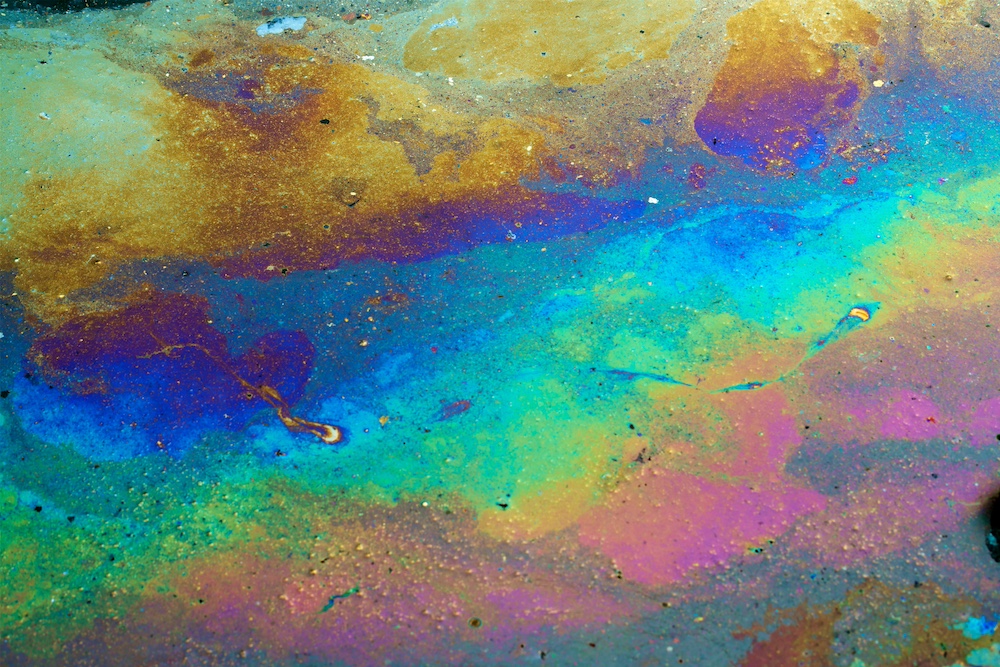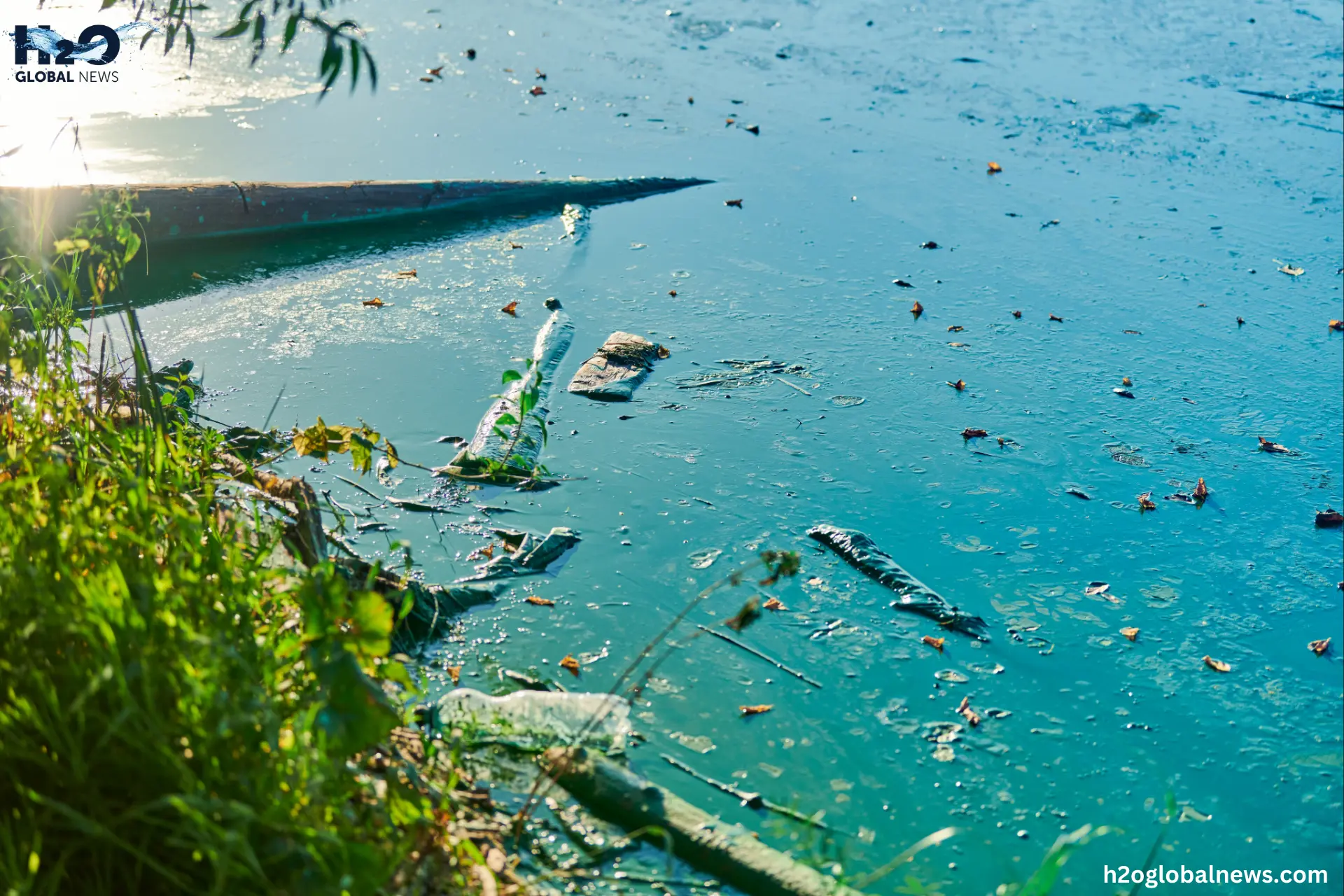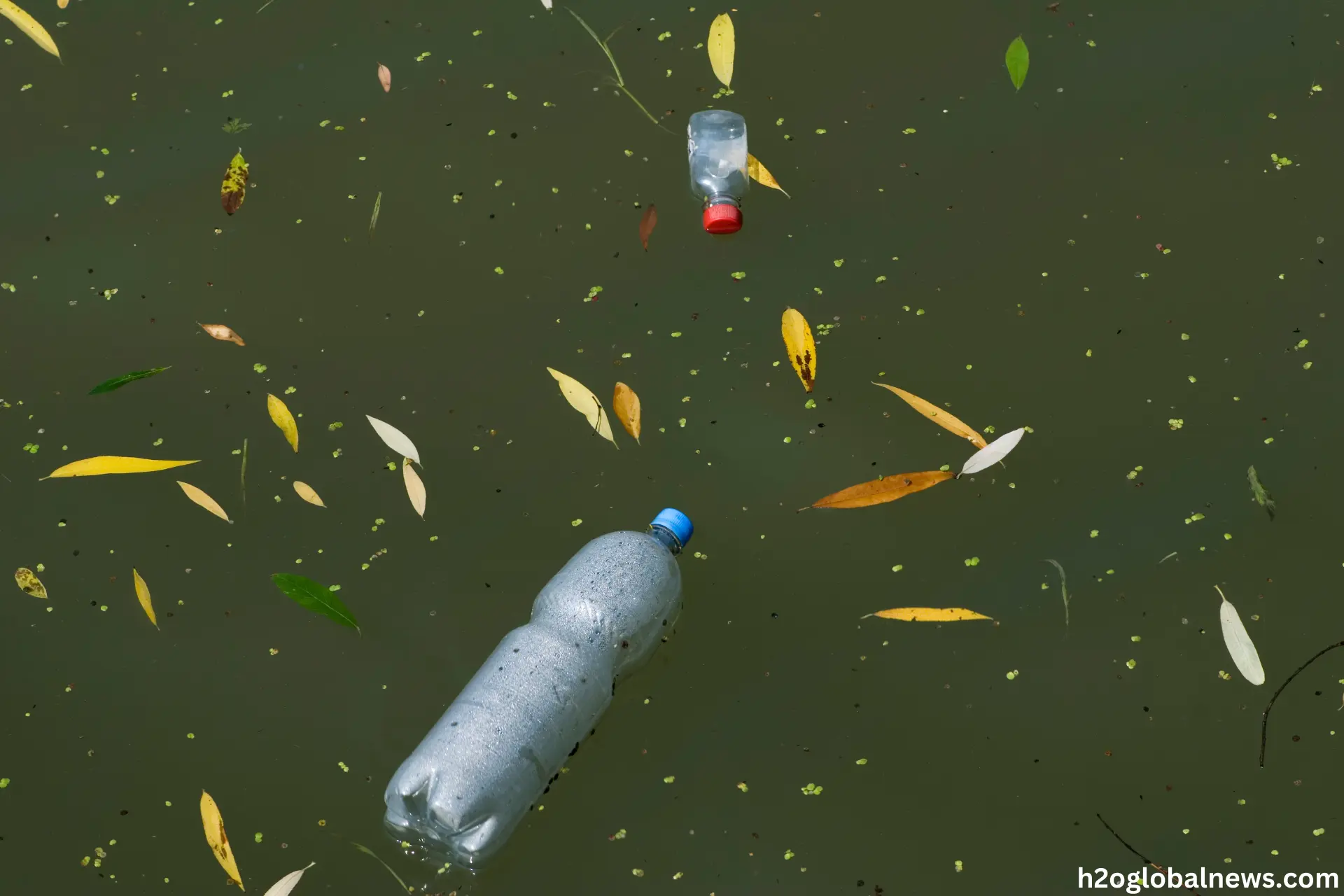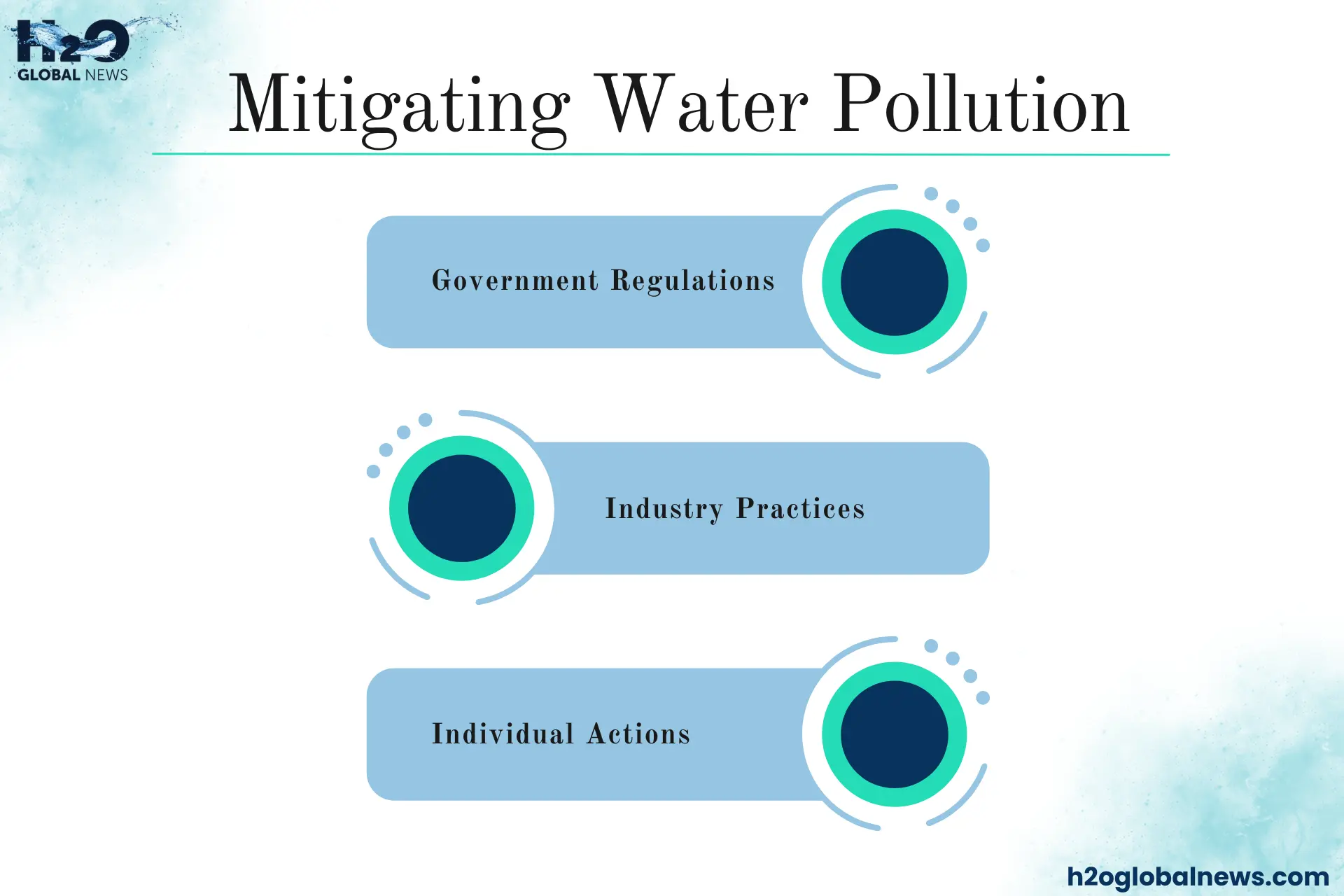As the global population grows, the demand for clean water increases. Yet, 26% of people worldwide still lack access to safe drinking water. With only 3% of Earth’s freshwater, protecting our resources is crucial. Whether you’re a student, a professional, or simply someone who cares about the planet, understanding the causes and consequences of water pollution is crucial. Although there are many causes of water pollution, the most damaging are man-made. In this blog post, we’ll explore what are some examples of water pollution, explain their sources, and discuss their impact on the environment and human health. By the end, you’ll have a comprehensive understanding of this critical issue and practical steps to help mitigate it.
What is Water Pollution?
Water pollution occurs when harmful substances, such as chemicals, waste products, and microorganisms, contaminate water bodies like rivers, lakes, oceans, and groundwater. These pollutants can degrade water quality, making it toxic for humans and aquatic life. But what are the main sources of water pollution, and how do they end up in our water bodies?
Common Examples of Water Pollution:
Here are some common examples and sources of water pollution:
Industrial Waste
One of the most significant contributors to water pollution is industrial waste. Factories and plants often discharge pollutants directly into rivers and lakes. These pollutants can include heavy metals, toxic chemicals, and radioactive waste. For example, the infamous Flint water crisis in the United States highlighted the dangers of lead contamination from industrial sources.
Agricultural Runoff
Farming activities also significantly contribute to water pollution. Pesticides, herbicides, and fertilizers used in agriculture often wash into nearby rivers and lakes during rainstorms. This runoff can lead to nutrient pollution, causing harmful algal blooms that deplete oxygen in the water and kill marine life. The Gulf of Mexico, for instance, experiences a “dead zone” each year due to agricultural runoff from the Mississippi River.
Household Waste
Believe it or not, everyday household activities also contribute to water pollution. Cleaning products, pharmaceuticals, and even microplastics from synthetic fabrics can make their way into our water supply. Flushing medications down the toilet or washing synthetic clothes releases pollutants that wastewater treatment plants can’t entirely remove.
Oil Spills
Oil spills are catastrophic events that cause immediate and long-lasting damage to marine ecosystems. When oil tankers or drilling rigs leak, vast quantities of oil spread across the water’s surface, harming marine life and coastal habitats. The 2010 Deepwater Horizon spill in the Gulf of Mexico is a stark reminder of the devastating effects of oil pollution.
Plastic Waste
Plastic pollution is an escalating global crisis, and it’s particularly problematic in our oceans. Millions of tonnes of plastic waste end up in the sea each year, harming marine life and entering the food chain. Plastic debris can strangle marine animals, and smaller particles known as microplastics can be ingested by fish, eventually making their way onto our plates.
Sewage and Wastewater
Sewage and wastewater are major sources of water pollution, especially in developing countries where treatment facilities may be inadequate. Untreated sewage can introduce harmful bacteria, viruses, and parasites into water bodies, posing severe health risks to communities that rely on these waters for drinking, bathing, and washing.
Mining Activities
Mining activities can result in water pollution through the release of toxic metals and chemicals. When mines extract minerals and metals, they often produce waste materials that can leach into nearby water bodies. Acid mine drainage, for example, occurs when sulfide minerals exposed by mining react with air and water to produce sulfuric acid, contaminating waterways with heavy metals.
Thermal Pollution
Thermal pollution occurs when industrial processes discharge heated water into natural water bodies, raising the temperature and disrupting ecosystems. Power plants and manufacturing facilities often use water for cooling, and when this heated water is released back into rivers or lakes, it can reduce oxygen levels and harm aquatic life.
Radioactive Contamination
Radioactive contamination is a less common but highly dangerous form of water pollution. Nuclear power plants, medical facilities, and research institutions can release radioactive substances into water bodies. These pollutants can pose long-term health risks, including cancer, to both humans and wildlife.
Marine Dumping
Marine dumping involves the direct disposal of waste materials into the ocean. This practice includes dumping sewage sludge, industrial waste, and even radioactive waste into the sea. While international regulations have reduced this practice, it still occurs and contributes to marine pollution.
Airborne Pollutants
Air pollution doesn’t just affect the air we breathe; it also impacts our water. Pollutants released into the atmosphere can fall back to earth as acid rain, contaminating rivers, lakes, and oceans. Industrial emissions, vehicle exhaust, and even volcanic eruptions can release pollutants like sulfur dioxide and nitrogen oxides that lead to acid rain.
Impacts of Water Pollution
Water pollution has a major effect on human health, marine life, weather, and the economy. Here’s a closer look:
Impact on Human Health
Water pollution poses significant risks to human health. Contaminated water can carry pathogens that cause diseases such as cholera, dysentery, and hepatitis. Chemical pollutants, like lead and mercury, can lead to long-term health issues, including developmental disorders and organ damage. Ensuring clean water is not just an environmental imperative but a public health necessity.
Impact on Marine Life
The impact of water pollution on marine life is profound. Pollutants can disrupt reproductive systems, reduce populations, and even drive species to extinction. Coral reefs, which support a quarter of all marine species, are particularly vulnerable to pollution. Nutrient runoff, toxic chemicals, and plastic waste all contribute to coral bleaching and reef degradation.
Economic Impact
Water pollution also has significant economic consequences. It can affect industries like fishing, tourism, and agriculture, leading to job losses and reduced income. Cleaning up polluted water bodies requires substantial financial resources, diverts funds from other essential services, and places a burden on taxpayers.
Climate Change and Water Pollution
Climate change exacerbates water pollution by increasing the frequency and intensity of extreme weather events. Storms and floods can wash more pollutants into water bodies, while droughts can concentrate pollutants in reduced water volumes. Addressing climate change is thus integral to tackling water pollution.
Mitigating Water Pollution
While the challenges of water pollution are significant, there are also many opportunities for mitigation. Governments, industries, and individuals all have roles to play in reducing pollution and protecting water resources.
Government Regulations
Governments can implement and enforce regulations to limit pollutant discharges into water bodies. The Clean Water Act in the United States, for example, has significantly reduced industrial pollution since its enactment. Effective regulation and enforcement are crucial for protecting water quality.
Industry Practices
Industries can adopt best practices to minimize their environmental impact. This includes treating wastewater before discharge, reducing the use of harmful chemicals, and implementing technologies to capture and reuse waste products. Corporate responsibility and sustainability initiatives can drive positive change.
Individual Actions
Individuals also play a vital role in reducing water pollution. Simple actions like properly disposing of household waste, using eco-friendly products, and conserving water can make a significant difference. Public awareness and education campaigns can empower people to take action and protect their local water resources.
Conclusion
Water pollution is a complex issue with far-reaching consequences, but it’s not insurmountable. By understanding the sources and impacts of water pollution, we can take informed action to mitigate its effects. Whether through government regulations, industry practices, or individual actions, everyone has a role to play in safeguarding our water resources. Let’s work together to ensure clean, safe water for future generations.
By taking these steps, you can contribute to a healthier planet and protect one of our most vital resources. For more information and resources on how to combat water pollution, consider joining environmental organizations or participating in local clean-up initiatives. Together, we can make a difference.
FAQs
1. What steps can governments take to combat water pollution?
Governments can implement regulations to control pollutants, enforce pollution standards, and invest in wastewater treatment facilities. Effective policies, such as the Clean Water Act, help reduce industrial discharges and improve water quality.
2. How does climate change affect water pollution?
Climate change exacerbates water pollution by increasing the frequency of extreme weather events. Floods can wash more pollutants into water bodies, while droughts can concentrate contaminants in reduced water supplies, making pollution more severe.
3. Why is clean water important for the environment?
Clean water is vital for human health, ecosystems, and economic activities. Polluted water can harm aquatic life and humans, while clean water supports biodiversity, agriculture, and industrial processes.











